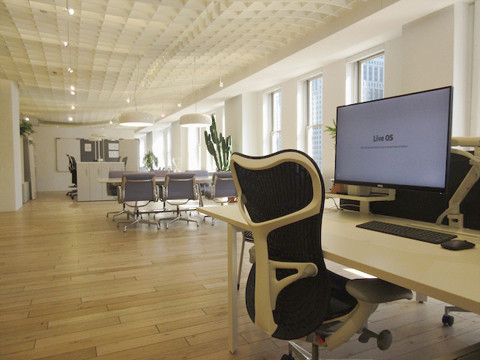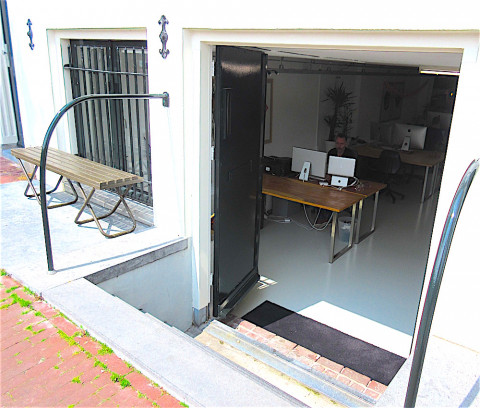Beating Burnout Via Workplace Design
Workplace design can reduce the likelihood of worker burnout—neuroscience research shows how.
Workplace design can reduce the likelihood of worker burnout—neuroscience research shows how.

Rigorous research with users
Asano and colleagues learned that walking in hot outdoor environments can harm subsequent cognitive performance indoors; this finding supports creating more temperature controlled indoor walking areas in office complexes and similar locations.
Abrams probed the experiences of people with ADHD working during the pandemic and her findings indicate how workplace design can support people with ADHD generally.

Role of personal factors
Influencing opinions with space design
Insights on links
Nanayakkara and colleagues studied links between activity-based workplace design and organizational culture via interviews and surveys.
Ramasubu and Bardhan’s work does not directly discuss providing workers with control of their physical environments, but the team’s findings can be extended to doing so.
Research linked creativity and walking some time ago.